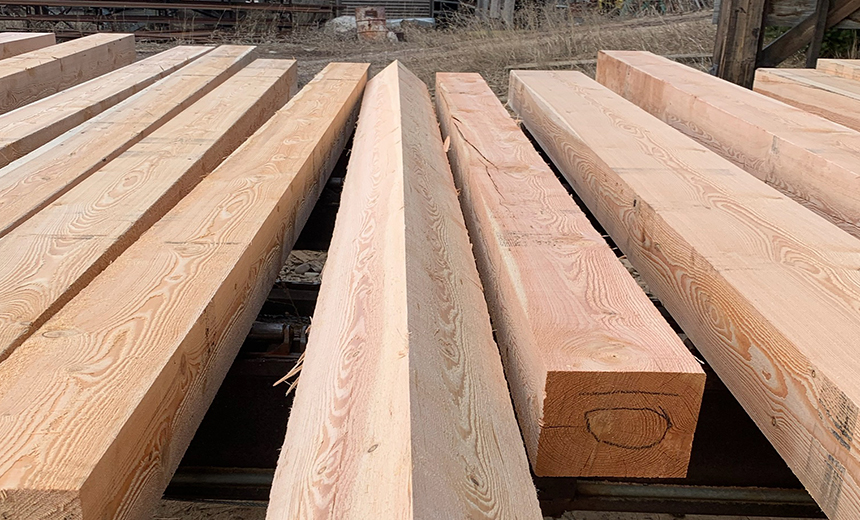Timber Beams: A Comprehensive Guide
Table of Contents
- Introduction to Timber Beams
- History of Timber Beams
- Types of Timber Beams
- Properties of Timber Beams
- Advantages of Using Timber Beams
- Disadvantages of Using Timber Beams
- Applications of Timber Beams
- Installation Process of Timber Beams
- Maintenance and Care for Timber Beams
- Environmental Impact of Timber Beams
- Timber Beams vs. Other Materials
- Innovations in Timber Beam Technology
- Case Studies: Timber Beams in Modern Architecture
- Future Trends in Timber Beam Usage
- FAQs
1. Introduction to Timber Beams
Timber beams have been a fundamental component in construction for centuries. They are horizontal structural elements that support loads, primarily in residential and commercial buildings. Timber beams are valued for their strength, durability, and aesthetic appeal. This article delves into the various aspects of timber beams, from their historical significance to modern applications and future trends.
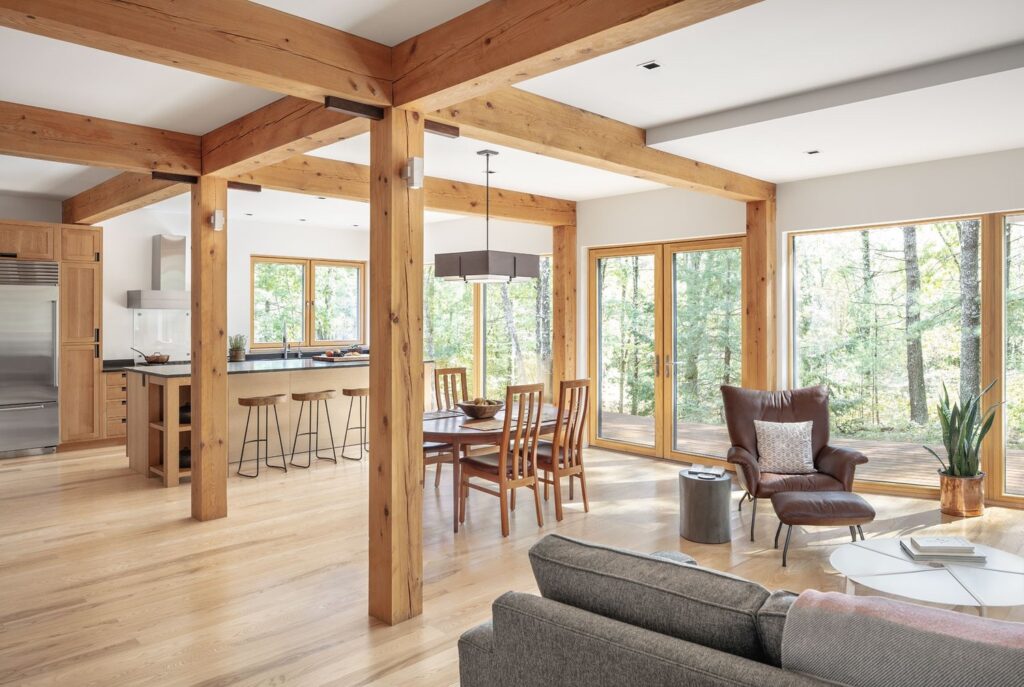
2. History of Timber Beams
Timber beams have been used since ancient times. Early civilizations, such as the Romans and Greeks, utilized timber beams in their architectural designs. The use of timber beams evolved over the centuries, with significant advancements during the Middle Ages and the Industrial Revolution. Today, timber beams continue to be a popular choice in construction due to their versatility and sustainability.
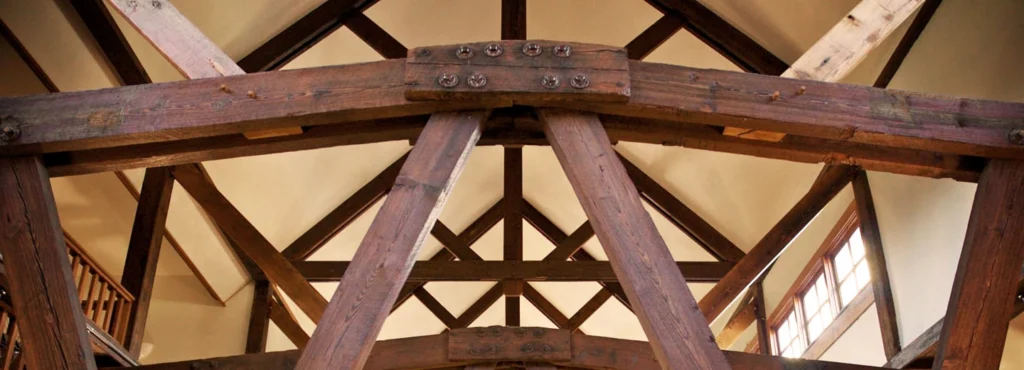
3. Types of Timber Beams
There are several types of timber beams, each with unique characteristics and applications:
- Solid Timber Beams: Made from a single piece of wood, these beams are strong and durable.
- Laminated Timber Beams: Composed of multiple layers of wood glued together, offering enhanced strength and stability.
- Glulam Beams: Engineered wood products that are made by bonding layers of timber with adhesives, known for their high strength-to-weight ratio.
- LVL Beams (Laminated Veneer Lumber): Made from thin wood veneers glued together, providing excellent strength and uniformity.
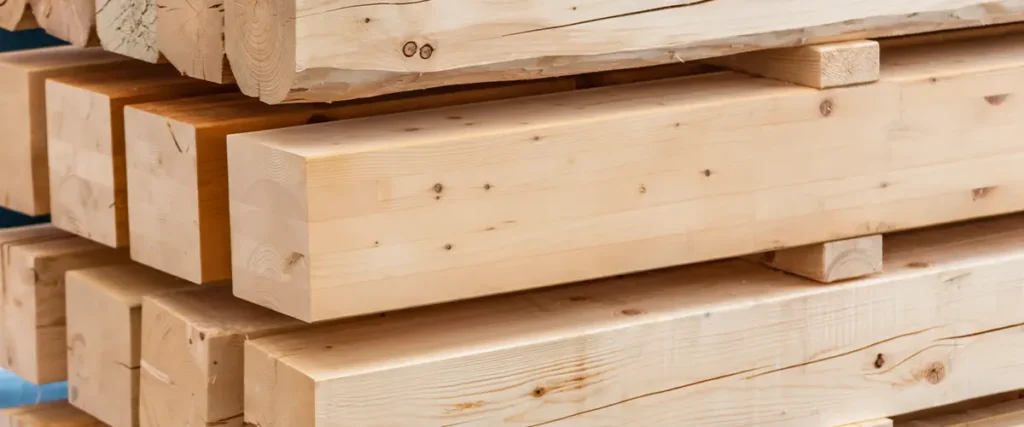
4. Properties of Timber Beams
Timber beams possess several properties that make them suitable for construction:
- Strength: Timber beams can support significant loads, making them ideal for structural applications.
- Durability: Properly treated timber beams can last for decades.
- Aesthetic Appeal: Timber beams add a natural, warm look to any space.
- Workability: Timber is easy to cut, shape, and install.
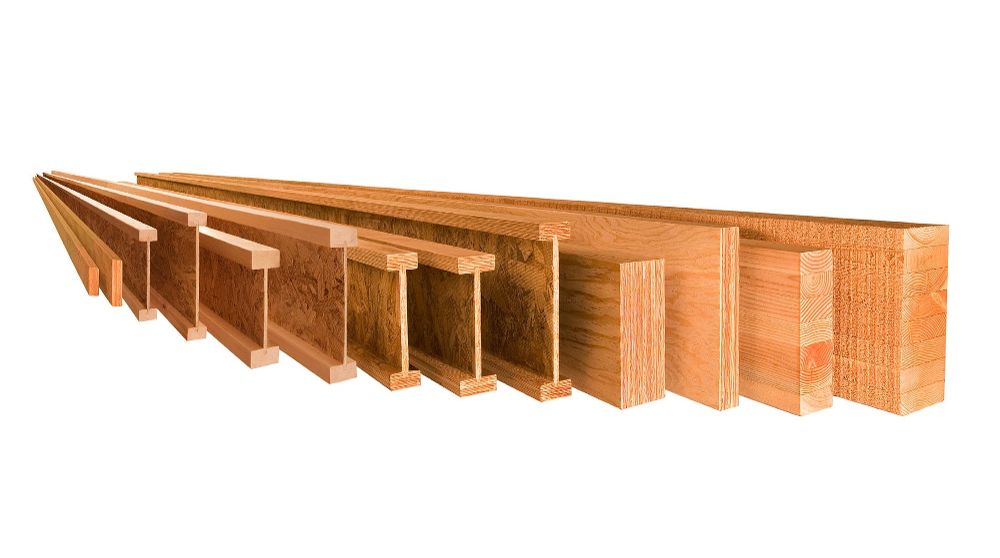
5. Advantages of Using Timber Beams
- Sustainability: Timber is a renewable resource, making it an environmentally friendly choice.
- Cost-Effective: Timber beams are generally more affordable than steel or concrete beams.
- Insulation: Timber has natural insulating properties, helping to regulate indoor temperatures.
- Versatility: Timber beams can be used in a variety of architectural styles, from traditional to modern.
6. Disadvantages of Using Timber Beams
- Susceptibility to Pests: Timber beams can be prone to termite and insect damage.
- Fire Risk: Timber is combustible, though treated timber can improve fire resistance.
- Maintenance: Timber beams require regular maintenance to prevent decay and damage.
- Limited Span: Timber beams may not be suitable for very long spans without additional support.
7. Applications of Timber Beams
Timber beams are used in various applications, including:
- Residential Construction: Used in roofs, floors, and walls.
- Commercial Buildings: Employed in large-span structures like warehouses and auditoriums.
- Bridges: Timber beams are used in pedestrian and light vehicle bridges.
- Interior Design: Timber beams are popular in exposed ceiling designs and decorative elements.
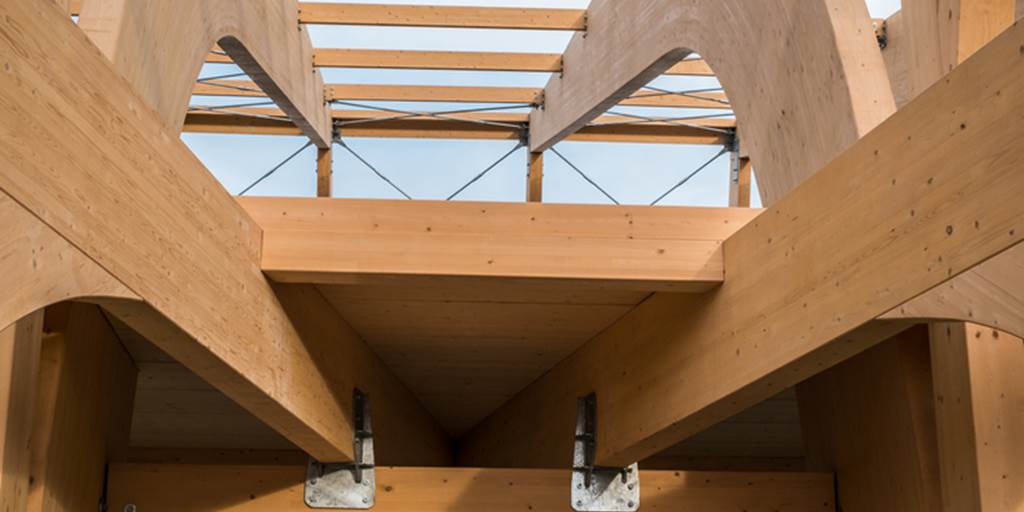
8. Installation Process of Timber Beams
The installation of timber beams involves several steps:
- Planning and Design: Determine the load requirements and beam specifications.
- Preparation: Treat the timber beams to enhance durability and resistance to pests.
- Installation: Secure the beams in place using appropriate fasteners and supports.
- Finishing: Apply finishes to protect the beams and enhance their appearance.
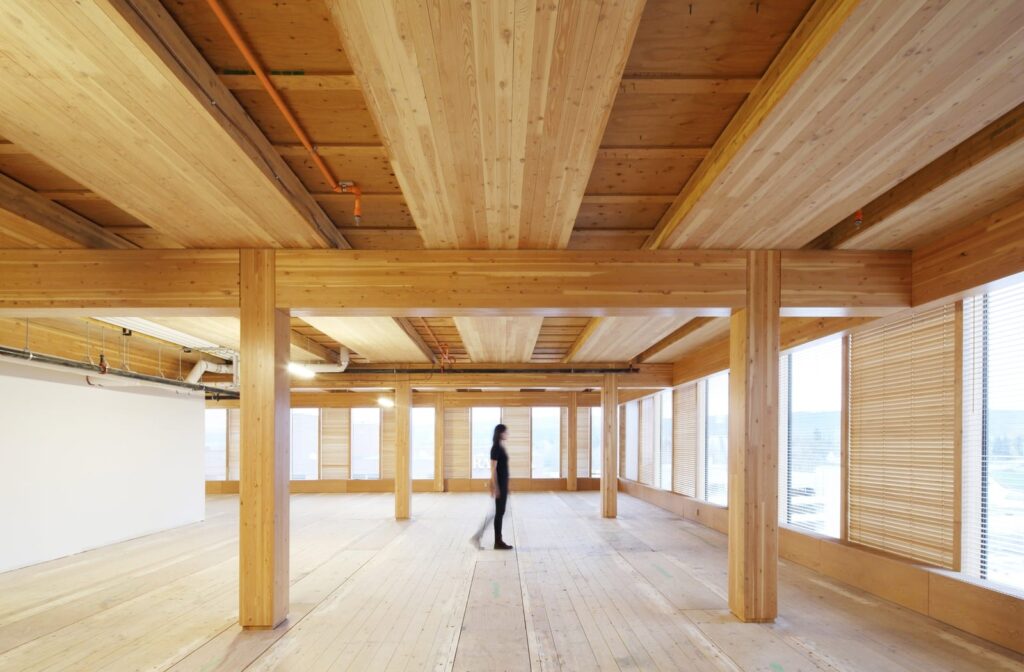
9. Maintenance and Care for Timber Beams
To ensure the longevity of timber beams, regular maintenance is essential:
- Inspection: Regularly check for signs of damage, such as cracks or pest infestations.
- Cleaning: Keep the beams clean and free from debris.
- Treatment: Apply protective coatings to prevent moisture damage and decay.
- Repair: Address any issues promptly to prevent further damage.
10. Environmental Impact of Timber Beams
Timber beams have a lower environmental impact compared to other materials like steel or concrete. Timber is a renewable resource, and sustainable forestry practices ensure that forests are replenished. Additionally, timber beams have a lower carbon footprint, as wood absorbs carbon dioxide during its growth.
11. Timber Beams vs. Other Materials
When compared to other materials, timber beams offer several advantages:
- Timber vs. Steel: Timber is lighter and easier to work with, while steel is stronger but more expensive.
- Timber vs. Concrete: Timber is more sustainable and has better insulation properties, whereas concrete is more durable but has a higher carbon footprint.
12. Innovations in Timber Beam Technology
Recent advancements in timber beam technology include:
- Cross-Laminated Timber (CLT): A strong, lightweight material used in modern construction.
- Engineered Wood Products: Improved strength and durability through advanced manufacturing techniques.
- Fire-Resistant Treatments: Enhanced fire resistance through chemical treatments.
13. Case Studies: Timber Beams in Modern Architecture
Several modern architectural projects showcase the versatility and beauty of timber beams:
- The Edge, Amsterdam: A sustainable office building featuring timber beams.
- Brock Commons, Vancouver: A student residence with a timber frame structure.
- T3, Minneapolis: A modern office building constructed with mass timber.
14. Future Trends in Timber Beam Usage
The future of timber beams looks promising, with trends such as:
- Increased Use in High-Rise Buildings: Timber beams are being used in taller structures due to advancements in engineering.
- Sustainable Construction: Growing emphasis on sustainability is driving the use of timber beams.
- Prefabrication: Prefabricated timber beams are becoming more popular for their efficiency and quality control.
15. FAQs
Q1: What are timber beams used for?
A1: Timber beams are used in various construction applications, including roofs, floors, walls, and decorative elements.
Q2: How long do timber beams last?
A2: With proper maintenance, timber beams can last for several decades.
Q3: Are timber beams environmentally friendly?
A3: Yes, timber beams are considered environmentally friendly due to their renewable nature and lower carbon footprint.
Q4: Can timber beams be used in high-rise buildings?
A4: Yes, advancements in timber beam technology, such as CLT, have made it possible to use timber beams in high-rise buildings.
Q5: How do I maintain timber beams?
A5: Regular inspection, cleaning, treatment, and prompt repairs are essential for maintaining timber beams.
Q6: Are timber beams fire-resistant?
A6: Timber beams can be treated to improve their fire resistance, but they are inherently combustible.
Q7: What is the difference between solid timber beams and laminated timber beams?
A7: Solid timber beams are made from a single piece of wood, while laminated timber beams are composed of multiple layers of wood glued together, offering enhanced strength and stability.
Q8: Can timber beams be used in bridges?
A8: Yes, timber beams are used in pedestrian and light vehicle bridges due to their strength and durability.
Q9: What are the advantages of using timber beams over steel beams?
A9: Timber beams are lighter, more cost-effective, and have better insulation properties compared to steel beams.
Q10: What is Cross-Laminated Timber (CLT)?
A10: CLT is an engineered wood product made by bonding layers of timber at right angles, offering high strength and stability for modern construction.
